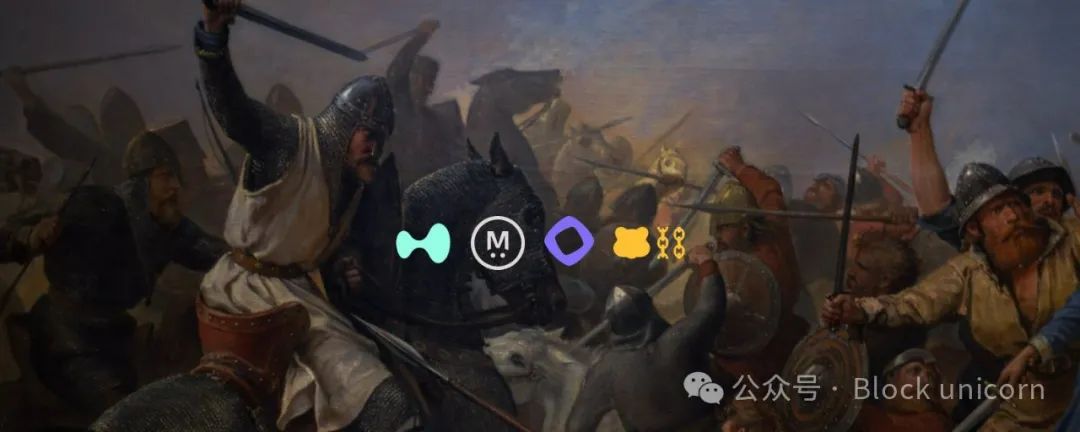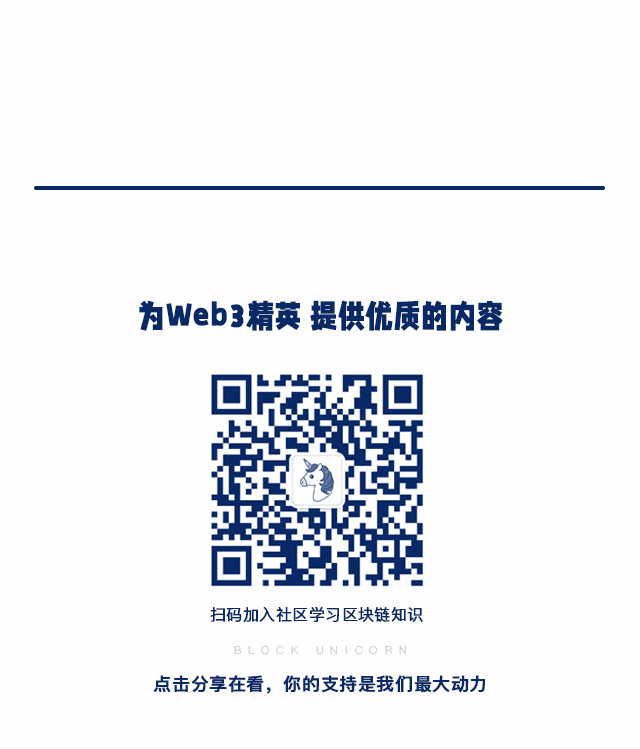In the dispute between ecology and products, who will win in 2025?

Reprinted from panewslab
01/15/2025·3MAuthor of the article: Charlie.hl
Article compilation: Block unicorn

The battle in 2025 will be over whether the next generation of blockchains will prioritize ecosystems or products. Which priorities will create the most successful blockchains (as measured by market cap, fees generated, and number of unique users)? This issue is playing out in real time, as future top-tier one-tier chains (L1) and second-tier chains (L2) are betting their fate on opposing strategies. On the one hand, there are ecosystem-first chains represented by Monad, MegaETH and Berachain, and on the other hand, there are product-first chains represented by Hyperliquid. In this article, I’ll dive into this distinction and these opposing chain philosophies that will shape the blockchain development landscape in 2025.
Competitors: Ecosystem first
Monad, MegaETH, and Berachain are major proponents of the ecosystem-first philosophy, which aims to build a thriving network of interdependent applications and stakeholders before focusing on building a single product. These chains attempt to entice developers to move away from existing chains and between each other by offering developer space, funding, and more chain-specific developer benefits such as growth or partner support.
Over the past year or so, Monad's business development/growth teams such as @intern and @internbrah have brought a lot of attention to Monad, attracting hundreds of thousands of Discord members and Twitter followers, and many Monad-based projects have achieved high prices. valuation as they claim to be the first and dominant commitment to [insert DeFi primitive] on Monad. The phrase “build on Monad” echoes across crypto Twitter timelines as Monad’s business expansion strives to win top project builders from its competitive chain. Monad even has a @monad_eco page to drive the point home even more clearly: ecology is a priority.
MegaETH’s approach to ecosystem building is slightly different, but its priorities are equally clear. The chain’s laboratory team plays a unique intervention role in its ecosystem. They are not trying to convince existing projects to launch on their chain, but are mainly focused on nurturing grassroots projects from their accelerator MegaMafia. These applications are tailor-made for MegaETH and unique to its ecosystem, but do not necessarily have the reputation and popularity of existing DeFi projects. MegaETH did not wait for natural development, but took the initiative to "shape" several core projects: perpetual contract DEX, spot DEX, lending protocols, etc. This carefully curated approach aims to ensure the coherence and interconnectedness of the ecosystem, and MegaETH is betting that these early investments will lead to growth as more teams join. For MegaETH, the MegaMafia ecosystem and its success are crucial.
Then there is Berachain, which attempts to combine ecosystem innovation with technological innovation. Its unique Proof of Liquidity (PoL) consensus mechanism incentivizes the liquidity supply of Berachain native applications such as BEX (Bera native decentralized exchange) and BEND (Bera native lending protocol). By embedding liquidity incentives into the chain’s core architecture, Berachain hopes to create a virtuous cycle of ecosystem growth tied to its infrastructure. Here, the product itself is the growth of the ecosystem, which can also be seen in early initiatives such as Boyco. For the Berachain team, winning the competition in the ecosystem is a top priority.
Each of these chains has embraced ecosystem development as the basis for growth, and while their products are far from empty talk, it's clear that in the early stages their focus is on the network itself.
Opposite: Product First
In sharp contrast is Hyperliquid, which completely subverts the concept of ecosystem first. Instead of gathering developers to work on its L1, Hyperliquid is focused on delivering a killer product: the most successful perpetual contracts decentralized exchange (perps DEX) in cryptocurrency history. Only after solidifying its position in the perpetual contracts space, Hyperliquid began to launch L1, aiming to enhance its flagship product and provide a network tailored for traders.
Hyperliquid's strategy represents a fundamental shift in L1 launch strategy. Rather than catering to app developers, it focuses on the end-user – in this case, traders. The idea is simple: if you build a product that users love, developers and apps will naturally follow the flow and activity. This strategy avoids the pitfall of over-hyping an ecosystem without a proven product.
This attention has led many to question where the Hyperliquid ecosystem is, as the Labs team has apparently not issued a public call for developers or applications at this time. Instead, Hyperliquid's Labs entity remains focused on product direction, seemingly taking the approach of letting applications follow liquidity and users rather than the other way around. Hyperliquid is essentially quickly copying Uniswap's roadmap, which is to create the most successful DEX first and then build a chain (Unichain) and ecosystem to support it a few years later.
philosophical differences
At its core, the ecosystem vs. product debate reflects a philosophical divide in blockchain development. An ecosystem-first approach relies on developer network effects: by nurturing a thriving community of developers and projects, it aims to create a self-sustaining cycle of growth. The product-first approach subverts this logic, betting that a great product will attract users and liquidity first, and the ecosystem will naturally develop accordingly.
The market will ultimately decide which strategy prevails. If ecosystem-first projects like Monad, MegaETH, and Berachain can turn their community momentum into lasting adoption, they can define the direction of L1/L2 ecosystem development. Instead, if Hyperliquid continues to win over users by focusing on providing the best trading experience, it could force the industry to rethink how it defines a successful launch strategy. By putting product first, Hyperliquid is essentially putting community first, as great products lead to widespread usage, which leads to more valuable community ownership, which may create the eventual adoption flywheel effect of 2025. This article is primarily an objective analysis, but I would bet that when we look back on this article in December 2025, Hyperliquid will be dominating in all three of the above metrics, and the lead will be significant.
As 2025 approaches, one thing is certain: the battle between ecosystems and products will shape the landscape of L1/L2 development in the year ahead.
If you find the article interesting, you can mark Block unicorn with a star and add it to your desktop.
The information provided herein is for general guidance and informational purposes only and the contents of this article should not under any circumstances be construed as investment, business, legal or tax advice. We are not responsible for any personal decisions made based on this article and we strongly recommend that you conduct your own research before taking any action. While every effort is made to ensure that all information provided here is accurate and up-to-date, omissions or errors may occur.




 jinse
jinse
 chaincatcher
chaincatcher